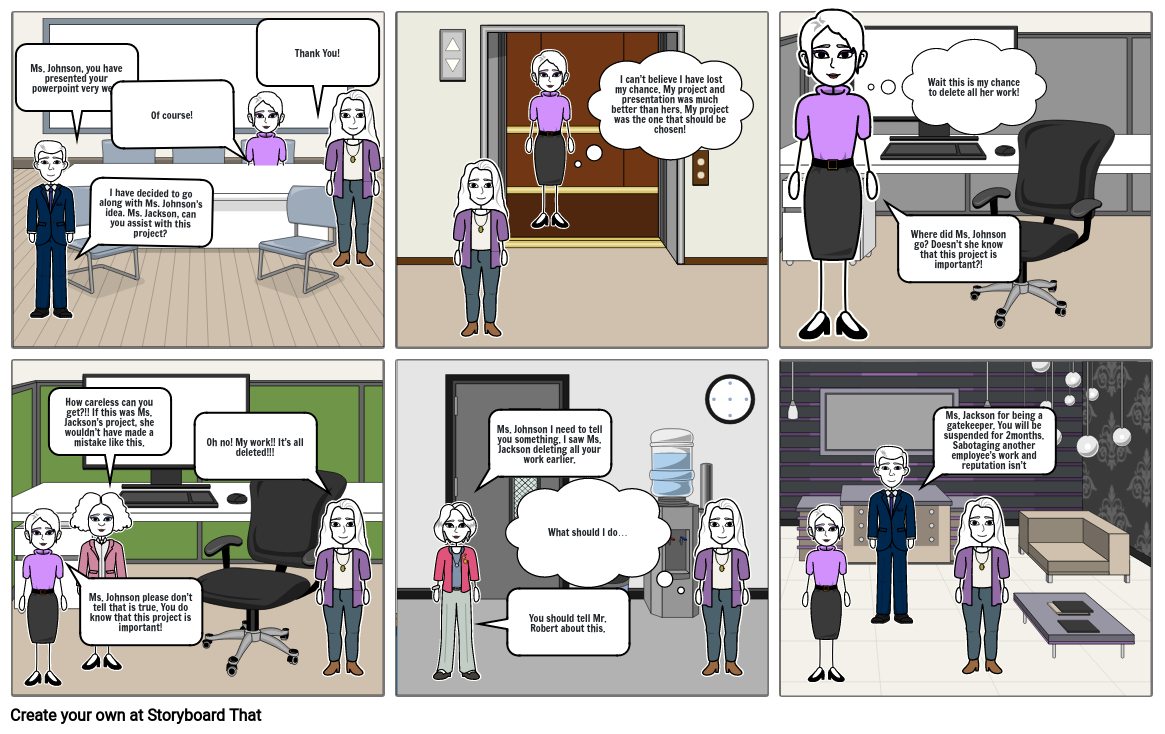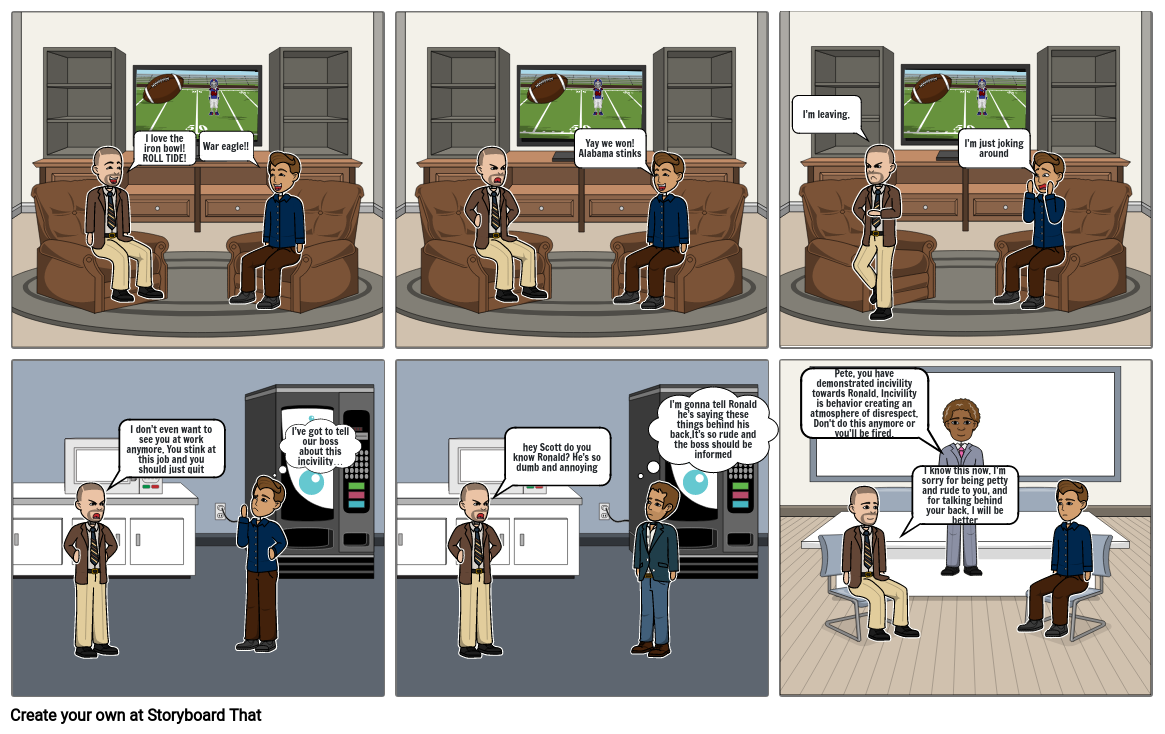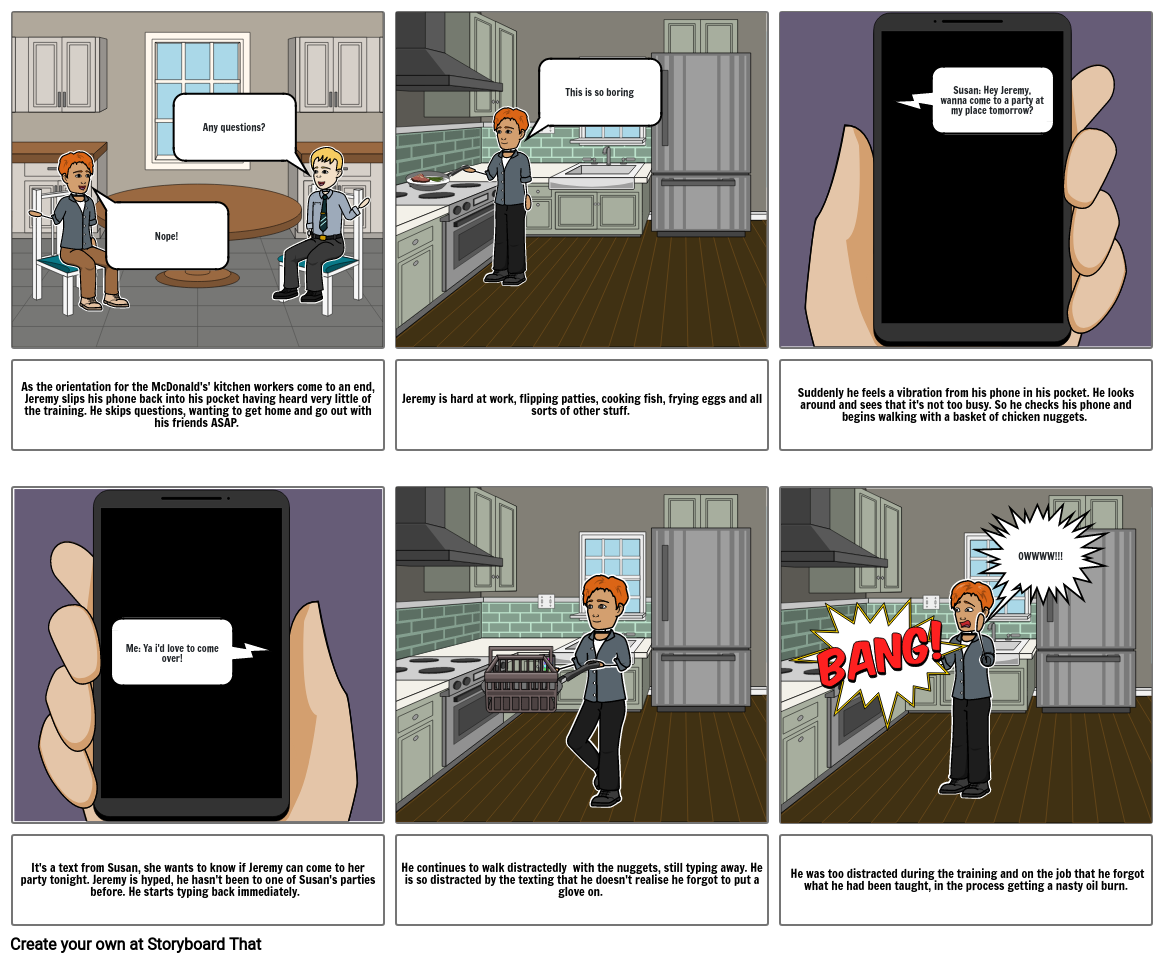Comic strips about the workplace have become an essential cultural phenomenon, offering readers a hilarious yet relatable glimpse into the modern office environment. Whether it's dealing with quirky colleagues or navigating corporate politics, these comics resonate with millions of professionals worldwide. They serve as both entertainment and a commentary on the often absurd aspects of professional life.
From the iconic "Dilbert" to lesser-known gems, workplace comic strips provide a much-needed break for employees who find themselves caught in the daily grind. These strips not only entertain but also highlight common workplace challenges, fostering a sense of camaraderie among readers.
In this article, we will explore the world of workplace comic strips, their significance, and how they have evolved over the years. We'll also delve into their impact on corporate culture and provide insights into creating your own comic strip about the workplace.
Read also:Barkleys Wife The Untold Story Of Shaquille Oneals Exspouse
Table of Contents
- The History of Workplace Comic Strips
- Popular Workplace Comic Strips
- Common Themes in Workplace Comic Strips
- The Impact of Workplace Comic Strips on Corporate Culture
- How to Create Your Own Workplace Comic Strip
- Benefits of Using Comic Strips in the Workplace
- Statistics and Trends in Workplace Comic Strips
- Tools and Resources for Creating Workplace Comic Strips
- Tips for Creating Effective Workplace Comic Strips
- The Future of Workplace Comic Strips
The History of Workplace Comic Strips
The origins of workplace comic strips can be traced back to the early 20th century when newspapers began featuring humor columns about office life. As corporate culture grew more complex, so did the themes explored in these comics. The 1980s and 1990s marked a golden era for workplace comics, with Scott Adams' "Dilbert" becoming a cultural icon.
These strips often tackled issues such as office hierarchy, interpersonal relationships, and the mundane aspects of work. Over time, they evolved to reflect changing workplace dynamics, including the rise of remote work and digital communication.
Evolution of Workplace Comics
The evolution of workplace comic strips mirrors the transformation of the corporate world itself. Initially focused on traditional office settings, these comics now address topics like work-life balance, diversity, and inclusion.
Popular Workplace Comic Strips
Several workplace comic strips have gained widespread popularity over the years. These include:
- Dilbert – Created by Scott Adams, this strip humorously explores the absurdities of corporate life.
- The Office Cartoonist – A modern take on office humor, featuring relatable scenarios.
- Cubicle – A strip that dives into the daily challenges faced by employees in a cubicle environment.
Why These Comics Resonate
These comics resonate with readers because they highlight universal workplace experiences. From dealing with micromanaging bosses to navigating office gossip, these strips capture the essence of professional life.
Common Themes in Workplace Comic Strips
Workplace comic strips typically revolve around several recurring themes:
Read also:Keira Knightleys Brother A Comprehensive Exploration Of His Life And Influence
- Office Politics – The power dynamics and interpersonal conflicts that arise in corporate settings.
- Technology Challenges – The struggles of adapting to new tools and software in the workplace.
- Work-Life Balance – The ongoing battle to maintain a healthy balance between professional and personal life.
Exploring Specific Themes
Each theme offers a unique perspective on the workplace experience. For instance, office politics strips often focus on the strategies employees use to navigate hierarchical structures, while technology-themed comics highlight the frustrations of dealing with outdated systems.
The Impact of Workplace Comic Strips on Corporate Culture
Workplace comic strips play a significant role in shaping corporate culture. They encourage open discussions about workplace challenges and foster a sense of humor among employees. This can lead to improved morale and productivity.
Companies that embrace workplace humor often create more welcoming environments, reducing stress and increasing employee satisfaction.
Corporate Adoption of Humor
Some organizations have even integrated workplace comics into their internal communication strategies. This approach not only entertains employees but also serves as a tool for addressing serious issues in a lighthearted manner.
How to Create Your Own Workplace Comic Strip
Creating a workplace comic strip involves several steps:
- Identify Your Audience – Understand the target demographic and their workplace experiences.
- Develop Characters – Create relatable characters that represent common office archetypes.
- Write Engaging Stories – Craft scenarios that highlight workplace challenges and solutions.
Tools for Designing Comics
Various digital tools are available for designing workplace comic strips. Programs like Canva, Adobe Illustrator, and ToonDoo offer user-friendly interfaces for creating professional-looking comics.
Benefits of Using Comic Strips in the Workplace
Incorporating comic strips into workplace communication offers numerous benefits:
- Enhanced Communication – Comics can convey complex messages in a simple and engaging format.
- Improved Morale – Humor can reduce stress and create a more positive work environment.
- Increased Engagement – Employees are more likely to engage with content presented in a visually appealing format.
Case Studies of Successful Implementation
Several companies have successfully integrated workplace comics into their communication strategies, resulting in improved employee engagement and satisfaction.
Statistics and Trends in Workplace Comic Strips
According to recent studies, workplace comic strips have seen a significant increase in popularity. A survey conducted by a leading media research firm found that 70% of employees enjoy reading workplace comics, with 50% finding them helpful in coping with workplace stress.
Emerging Trends
New trends in workplace comics include a focus on remote work scenarios and the challenges of digital communication. These strips reflect the evolving nature of the modern workplace.
Tools and Resources for Creating Workplace Comic Strips
Several tools and resources are available for aspiring comic creators:
- Canva – A versatile design platform with templates for creating comics.
- Adobe Illustrator – A professional-grade software for designing detailed comic strips.
- ToonDoo – A user-friendly platform specifically designed for creating comic strips.
Choosing the Right Tool
Selecting the right tool depends on your skill level and project requirements. Beginners may find Canva or ToonDoo more accessible, while experienced artists might prefer Adobe Illustrator for its advanced features.
Tips for Creating Effective Workplace Comic Strips
To create effective workplace comic strips, consider the following tips:
- Focus on Relatability – Ensure your content resonates with your audience by addressing common workplace issues.
- Use Humor Wisely – Balance humor with sensitivity to avoid offending readers.
- Stay Updated – Keep your comics relevant by incorporating current workplace trends and challenges.
Best Practices
Adhering to best practices ensures your comic strips are both entertaining and informative. Regularly seek feedback from your audience to refine your content and address their needs.
The Future of Workplace Comic Strips
The future of workplace comic strips looks promising, with advancements in technology enabling more interactive and immersive experiences. Augmented reality and virtual reality platforms may soon allow readers to engage with comics in entirely new ways.
As the workplace continues to evolve, so will the themes and formats of workplace comic strips. Creators will have endless opportunities to innovate and entertain their audiences.
Innovations to Watch For
Upcoming innovations in workplace comics include the integration of AI-generated content and interactive storytelling elements. These developments promise to revolutionize the way we consume and interact with comic strips.
Conclusion
Comic strips about the workplace have become an integral part of corporate culture, offering humor, insight, and a sense of community to employees worldwide. By understanding their history, themes, and impact, you can appreciate their value and even create your own.
We invite you to share your thoughts and experiences in the comments section below. If you enjoyed this article, please consider sharing it with your colleagues and exploring other related content on our site. Together, let's embrace the power of humor in the workplace!


